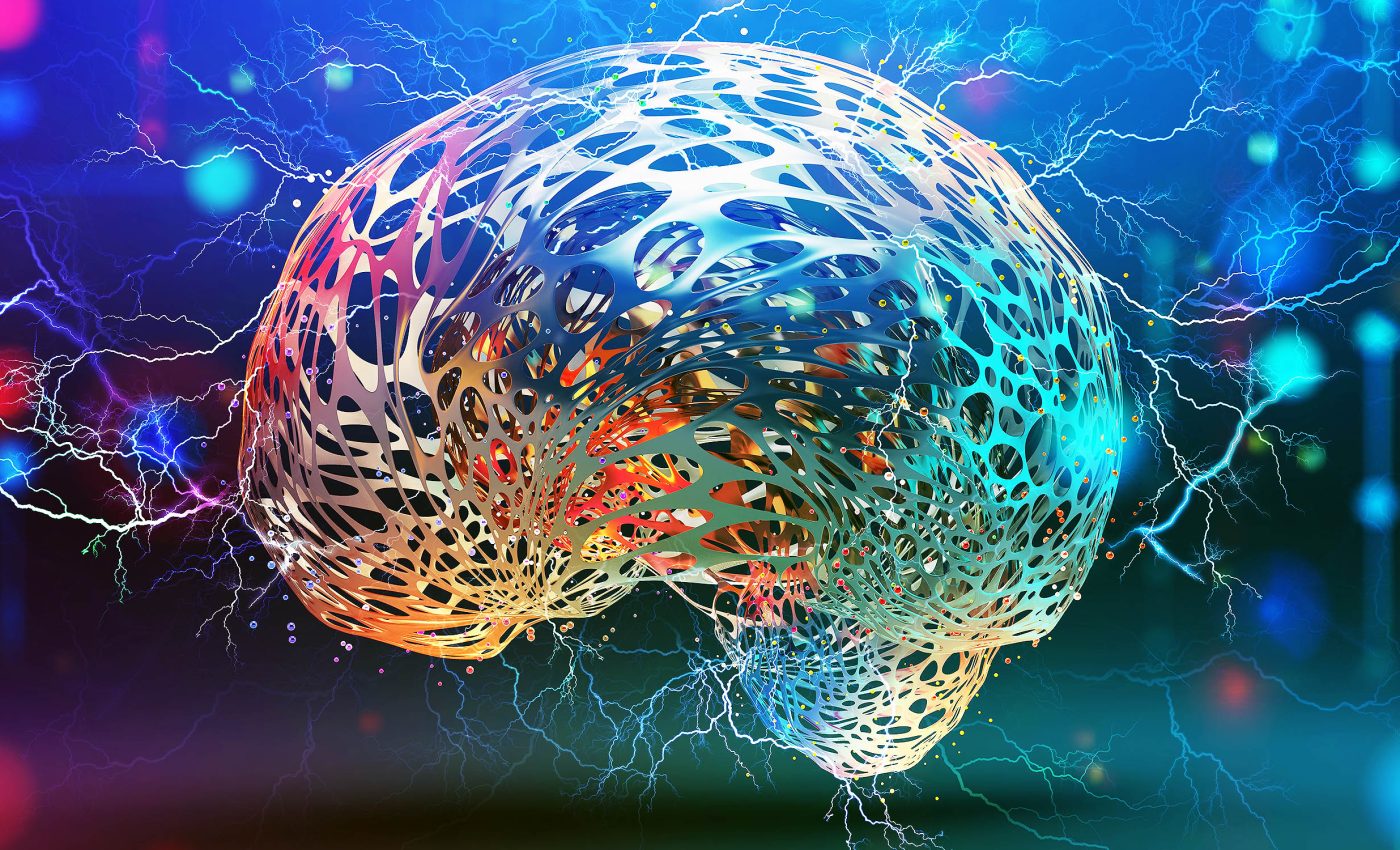
As AI grows more powerful, understanding consciousness has become an urgent issue
Due to the incredibly fast pace of AI advancement, scientists warn that time is running out to answer a fundamental question: what truly defines consciousness?
A recent study argues that distinguishing genuine awareness from mere computation has become urgent as artificial intelligence and neurotechnology advance at a rapid pace.
The team’s message is simple in scope but wide in impact. A single reliable test for awareness could reshape care at the bedside, policy for animals, and how we design future AI systems.
In a sweeping review, the authors lay out what science knows, what it still lacks, and the next steps toward practical tools.
AI, consciousness, and today’s world
The meaning of “consciousness” – simply defined as awareness of self and surroundings – has been debated by scholars since the beginning of civilization.
New brain recording tools and ever-larger AI models are sprinting ahead in terms of clear ways to tell when a person or machine has become truly “aware.”
“Progress in consciousness science will reshape how we see ourselves and our relationship to both artificial intelligence and the natural world,” said Anil Seth from the University of Sussex and an ERC grantee.
The work was led by Axel Cleeremans, a professor at Université Libre de Bruxelles. His research focuses on consciousness, implicit learning, and how the brain builds awareness.
How awareness tests help
Doctors already look for hidden signs of awareness when patients cannot speak or move. In 2006, a landmark study used brain imaging to detect responses to imagined actions.
The patient was a woman who was diagnosed as vegetative, but had a channel for yes or no answers.
Another approach measures how complex the brain’s response is when briefly nudged. This index can track levels of consciousness across sleep, anesthesia, and wakefulness.
Clinicians have relied on these measures to classify unresponsive patients based on their likelihood of showing signs of awareness and eventual recovery.
Previous research has shown that a validated “brain complexity index” can distinguish patients who are covertly aware from those who show no detectable signs of consciousness.
Beyond the ICU, the same logic could guide anesthesia checks, advanced dementia assessments, and even humane monitoring in animal research. Each case needs different cutoffs, but the tool kit is starting to look practical instead of speculative.
Seeking clarity of AI consciousness
Consciousness science has many theories that make different bets about which brain processes matter most.
To move past stalemates, researchers are turning to adversarial collaboration. This is a format where rival teams co-design decisive tests and agree in advance on what would count as support or failure.
A large philanthropic program is now funding multi-site projects that preregister predictions from global workspace, higher order, integrated information, and related views. The experiments use shared protocols, independent replications, and open data to raise the bar.
This shift matters because it pushes everyone to specify the target, the measure, and the rule for theory change. It also creates a common language across labs that usually talk past each other.
“We need more team science to break theoretical silos and overcome existing biases and assumptions,” said Liad Mudrik from Tel Aviv University and an ERC grantee.
Finding proof of consciousness
Scientists need tools that speak to both function and feel. Phenomenology, the careful study of what “experience” is like, helps frame targets for measurement instead of only chasing outputs like reaction time or memory.
The field is also testing whether lab-grown tissues can ever cross the threshold into awareness.
Brain organoids, which are three-dimensional clusters of human brain cells grown from stem cells, show network rhythms that mature over months.
Those rhythms are not proof of awareness, and the authors of the new review are cautious. Yet, better definitions, richer measures, and clearer safeguards are needed now, not in years from now.
Ethics behind consciousness labels
If we can build or detect awareness, new questions land fast. First is moral status for animals and for synthetic systems that act like us but may not feel like us, or vice versa.
Lawyers and judges will also face pressure to update concepts like mens rea, the mental state that distinguishes an accident from a crime.
Better maps of conscious and unconscious processes in decision making may force a rethink of how intent is judged in hard cases.
Policy cannot lag the hardware. Public standards for brain data, for organoid research, and for so-called conscious AI, should not come from a single lab or a single company.
There is also a risk on the other side. Tools that make machines seem aware can pull hard on human instincts. Some people may grant minds where none exist, or deny minds where they do.
AI, consciousness, and the future
The field is shifting from loose correlations to sharp, testable claims. That means clearer definitions of levels versus contents of experience, better causal tests, and designs that control for expectation and suggestibility.
It also means stepping outside stripped-down screen tasks to study experience in naturalistic settings. Wearable recording, virtual reality, and patient-friendly stimulation could bring the lab closer to life while keeping rigor intact.
Finally, a practical test for awareness would not be a single number that fits every brain and every context. It would be a kit of validated tools, matched to clear questions, with shared benchmarks that the community accepts.
The study is published in the journal Frontiers in Science.
—–
Like what you read? Subscribe to our newsletter for engaging articles, exclusive content, and the latest updates.
Check us out on EarthSnap, a free app brought to you by Eric Ralls and Earth.com.
—–













